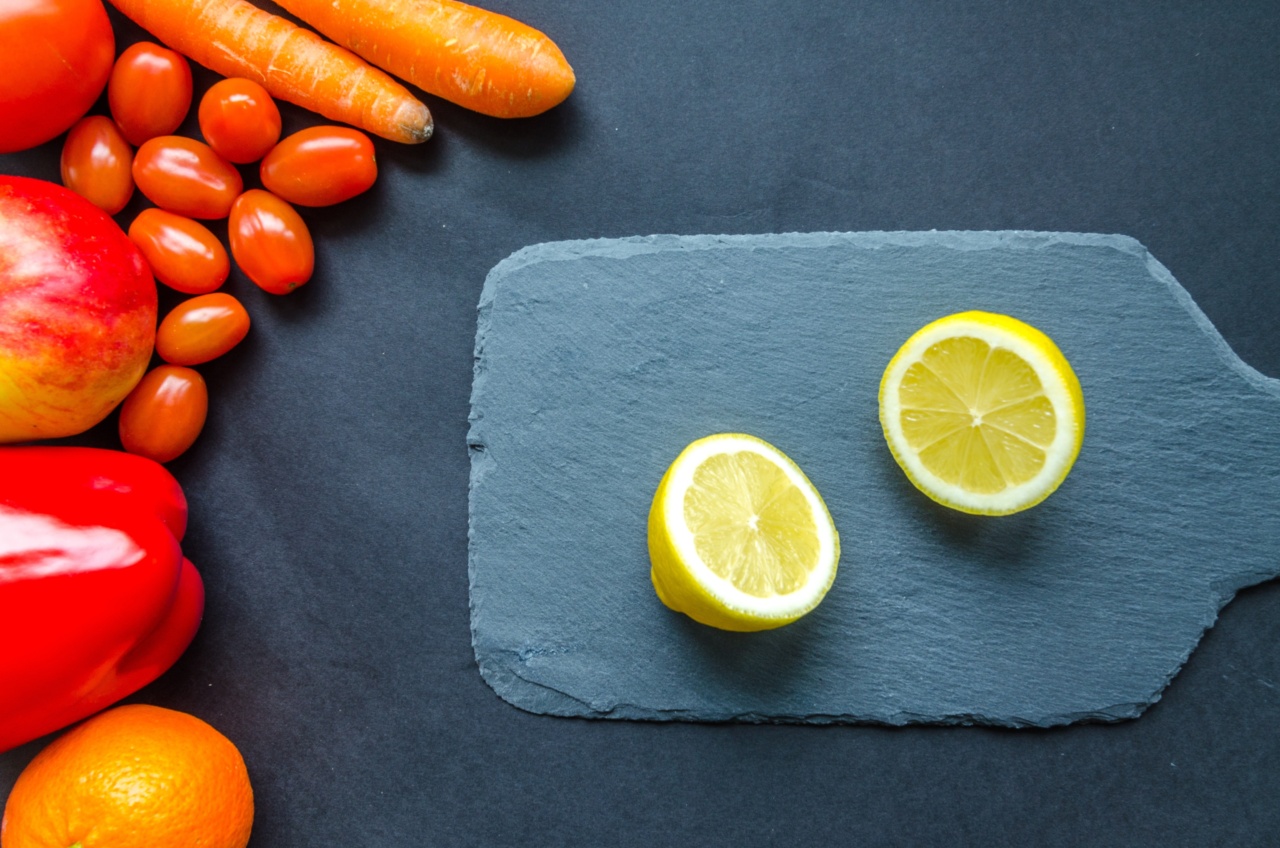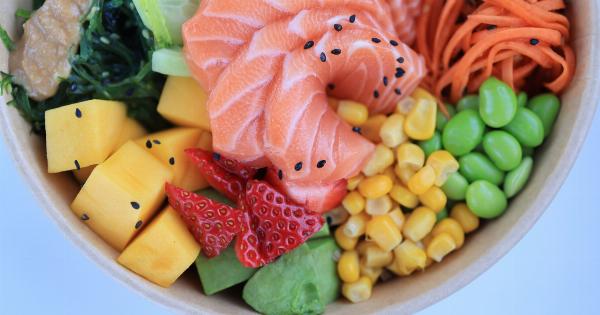High cholesterol levels can lead to a multitude of health issues such as heart disease, stroke, and peripheral artery disease. While medication can help reduce cholesterol, making some dietary changes can also make a significant difference.
Consuming plenty of fruits and vegetables is an effective and natural way to lower cholesterol levels. Here are the top fruits and vegetables for lowering cholesterol:.
1. Avocados
Avocados are an excellent source of monounsaturated fats, making them an ideal food choice for reducing LDL (bad) cholesterol levels. They are also rich in fiber, which helps to control cholesterol levels.
Incorporating more avocados into your daily diet can significantly help lower your cholesterol levels.
2. Berries
Berries, such as strawberries, blueberries, raspberries, and blackberries, are packed with antioxidants and fiber. They help to lower LDL cholesterol by reducing the absorption of cholesterol into the bloodstream.
They also lower blood pressure and decrease the risk of heart disease.
3. Broccoli
Broccoli is a cruciferous vegetable that is rich in fiber, vitamins, and minerals. It also contains plant sterols, which help to reduce cholesterol levels by blocking the absorption of cholesterol in the gut.
Eating broccoli regularly can help maintain healthy cholesterol levels.
4. Citrus Fruits
Citrus fruits such as oranges, lemons, and grapefruits are high in soluble fiber, which helps to lower LDL cholesterol levels. They also contain flavonoids, which have antioxidant properties and promote heart health.
Drinking freshly squeezed citrus juice can be a good way to get all of the benefits these fruits have to offer.
5. Garlic
Garlic contains compounds that can help reduce cholesterol levels. It has been shown to raise levels of HDL (good) cholesterol while lowering LDL (bad) cholesterol levels.
Incorporating garlic into your diet by adding it to recipes or taking garlic supplements can be an effective way to control cholesterol levels.
6. Leafy Greens
Leafy greens such as spinach, kale, and collard greens are rich in antioxidants, vitamins, and minerals. They also contain plant sterols, which help to block the absorption of cholesterol. Eating plenty of leafy greens can help lower cholesterol levels.
7. Nuts
Nuts, such as almonds, walnuts, and pistachios, are rich in monounsaturated fats, fiber, and plant sterols. They have been shown to lower LDL cholesterol levels and improve heart health.
Eating nuts in moderation can be an excellent addition to a cholesterol-lowering diet.
8. Oats
Oats are high in soluble fiber, which helps to reduce LDL cholesterol levels. They also contain beta-glucans, which are compounds that can reduce cholesterol absorption.
Eating oatmeal or adding oats to smoothies can be a great way to get all the benefits that oats have to offer.
9. Sweet Potatoes
Sweet potatoes are a good source of fiber and contain antioxidants such as beta-carotene that promote heart health. They are low in calories and fat while providing a good source of vitamins and minerals.
Incorporating sweet potatoes into your diet can help lower cholesterol levels.
10. Tomatoes
Tomatoes are a great source of lycopene, an antioxidant that helps to improve heart health. They also contain fiber and niacin, which can help lower LDL cholesterol levels.
Incorporating tomatoes into your diet can be an effective way to lower cholesterol levels.
Consuming these fruits and vegetables can be an effective way to lower cholesterol levels and promote heart health. These foods are natural and can be easily incorporated into your diet.
Make sure to talk to your doctor before making any significant dietary changes.






























